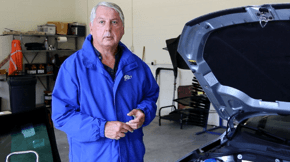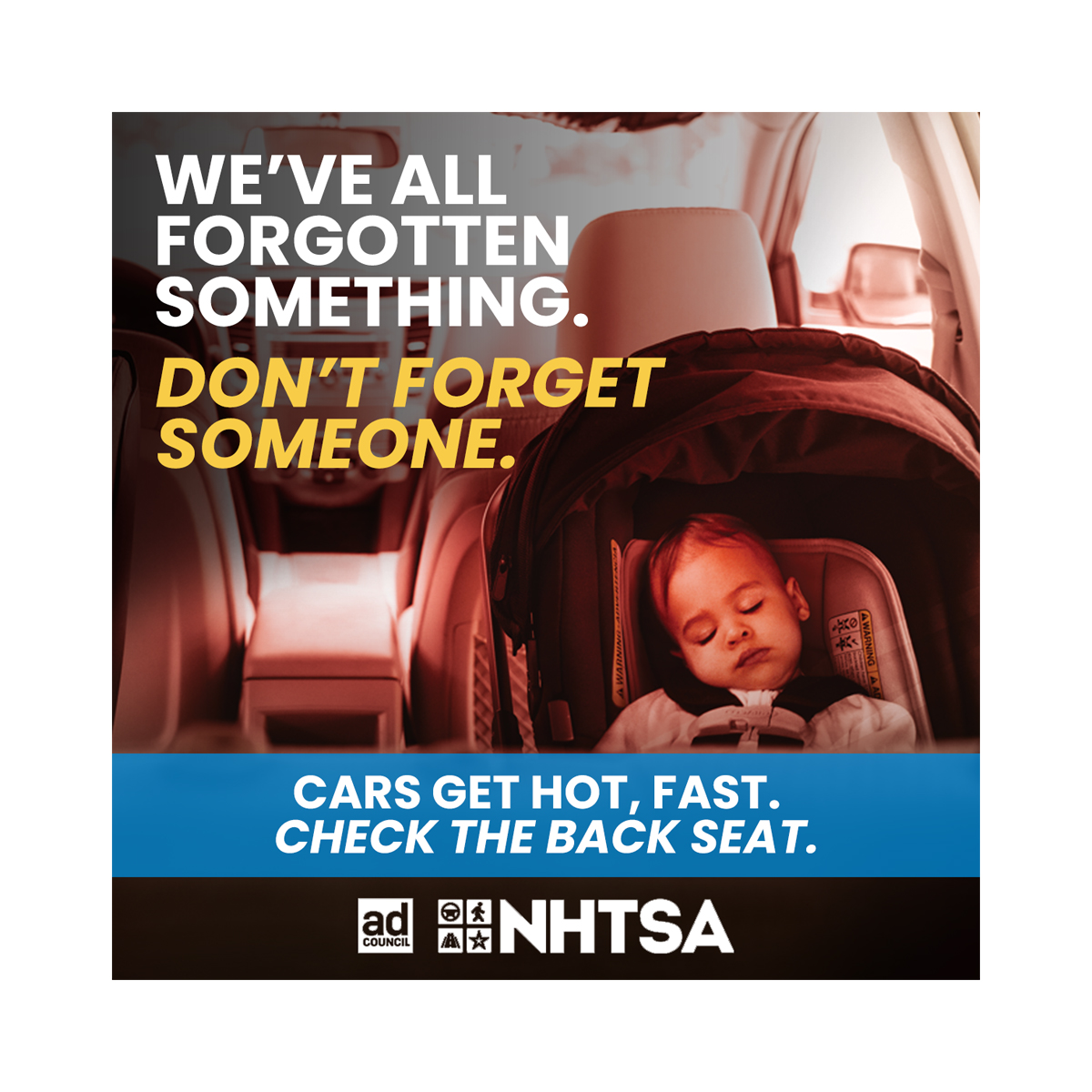Deaths caused by vehicular heatstroke are more common than you may realize, and they happen much faster than you would think. On a 70-degree day, the temperature inside a closed vehicle (even with the windows cracked) can reach over 115 degrees in less than 15 minutes. On a summer day, leaving a child inside a vehicle for less than 10 minutes can prove fatal.
Since 1998, 1,013 children have died due to vehicular heatstroke.
How does it happen? Children can’t regulate their body temperature like adults, and their bodies heat up three to five times faster! Heatstroke is clinically defined as core body temperature of 104 degrees, the temperature where brain and organ damage begins, and can be deadly.
Why does it happen? When it comes to pediatric vehicle heatstroke, data shows that:
- 53 percent of children are forgotten by a caregiver
- 25 percent of children gained access to the vehicle on their own
- 20 percent were knowingly left (not necessarily maliciously) by a caregiver
How can you prevent it from happening?
- If you see a child (or pet) left alone in a vehicle, dial 9-1-1 to report the incident and, if necessary, take action to remove them.
- NEVER leave children (or pets) unattended in a vehicle. “Look before you lock” your vehicle and when you exit, keep the vehicle locked so a child cannot gain access.








